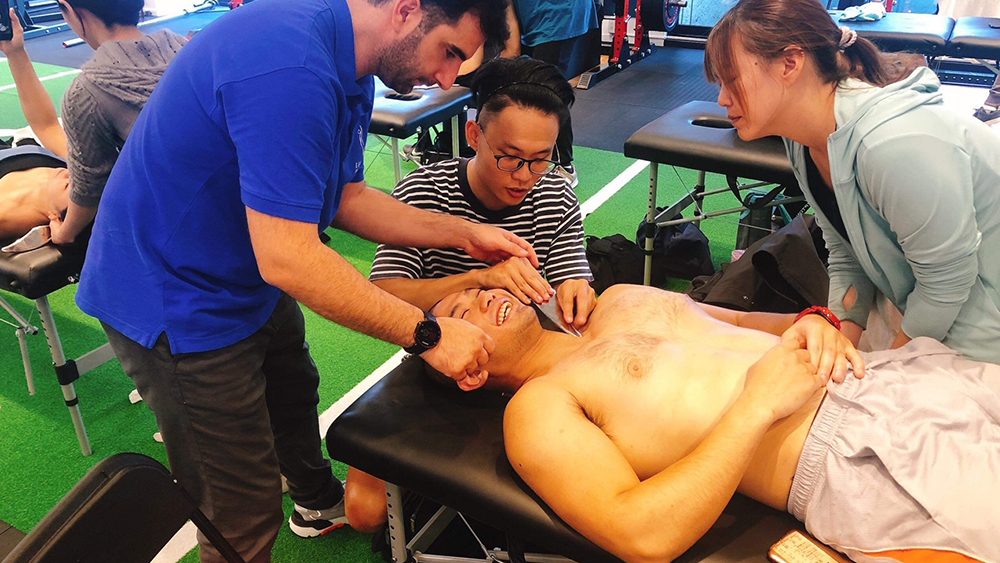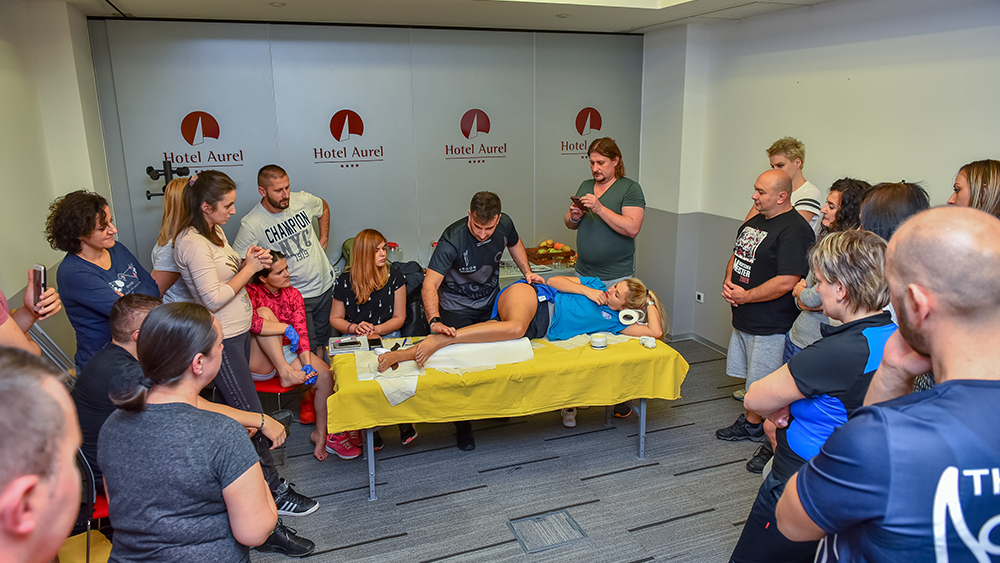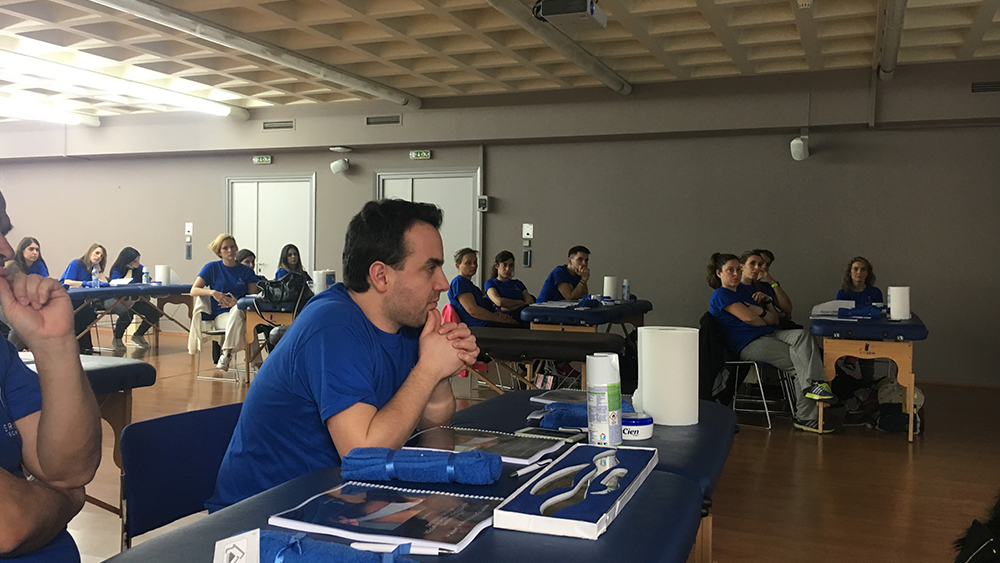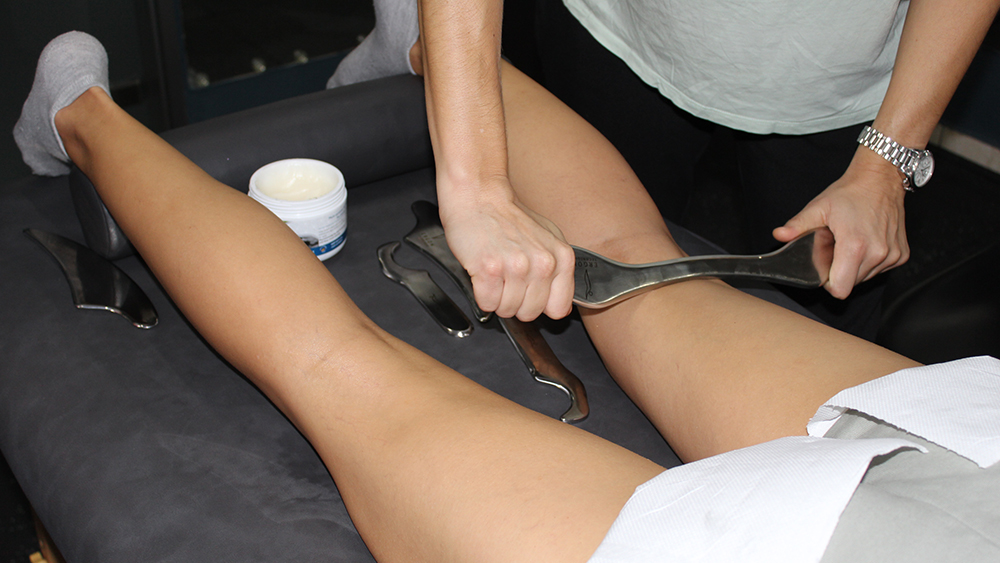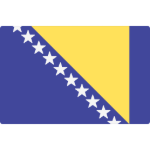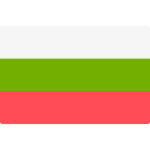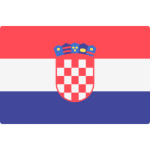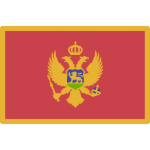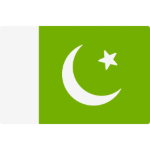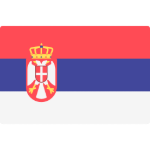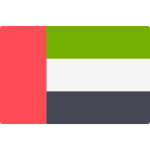ERGON® Academy
Basic IASTM Course Dev
Course Description
This two-days course of 12 hours actual training time provides all knowledge and skills needed to exercise Instrument Assisted Soft Tissue Mobilization (IASTM) effectively and become an ERGON IASTM Technique Provider. The course covers theoretical background that guides applications asn well as extensive practical training. Teaching methodology is lab based. Supervised practical application of taught ERGON IASTM techniques is performed in 2-3 persons sub-groups on all anatomical structures and for all common musculoskeletal injuries. The course is taught in the local language or in English with interpretation in the local language.
ERGON IASTM Technique allows you to:
- Assess:
- scan muscles and fascia to locate fibrous tissue
- Release:
- mobilize the cross-links between connective tissue
- stimulate anabolic processes of soft tissues
- reduce accumulation of scar tissue
- reduce the stiffness of already formed accumulations of connective tissue
- induce controlled micro injuries to induce linear tissue re-attachment
- change the microvascular morphology and induce hyperemia
- increase fibroblast recruitment and activation leading to regeneration and restoration of the injured collagen
- Correct:
- accelerate tissue recovery through increased blood flow and fibroblasts activation
- facilitate reflex changes and correct muscle activation patterns
- restore elasticity of soft tissue
- mobilize oedemas and hematomas
- increase muscle tension around joints increase histamine response after mast cell action
- correct postural alterations
- Perform:
- reduce pain and muscle spasm
- restore range of motion of joints
- contribute to functional rehabilitation
- improve blood and lymph flow
Who is it for?
Participants must be licensed professionals with:
- Theoretical knowledge of the anatomy and kinesiology of the human body,
- A Health Science Bachelor of Science or equivalent,
Prior experience in soft tissue mobilization techniques will be helpful.
Learning objectives
Understanding the theory behind IASTM practice and its use to treat injuries of soft tissue and fascia.
Using the clinical equipment (ERGON® Tools) to
Effectively assess myofascial restrictions
Be fully capable of treating most musculoskeletal pathologies/injuries
Combine techniques (ERGON® Technique and kinesiotherapy) - Facilitate functional rehabilitation
Incorporating ERGON IASTM techniques into treatment protocols in combination with stretching and functional rehabilitation, fully knowing indications and contraindications of applications.
Course Outline
Theory – Lecture with PowerPoint presentation:
Introduction to IASTM:
Theoretical basis of IASTM, research and findings
IASTM contraindications
The fascia, myofascial meridians and myofascial pathologies
ERGON® IASTM TECHNIQUE overview
ERGON IASTM TECHNIQUE
Fascia treatment
ERGON® IASTM Tools and Emollients
ERGON® IASTM TECHNIQUE application parameters including techniques, tools, implementation angle, direction, length and duration, treatments’ frequency
Practical education – Brief introduction in the form of Lecture and supervised applications at each Lab:
1st Lab. Basic strokes:
ERGON IASTM TECHNIQUE strokes
ERGON® IASTM TECHNIQUE application parameters
The fascia, myofascial meridians and myofascial pathologies
ERGON® IASTM TECHNIQUE overview
2nd Lab. ERGON® Technique Scanning Procedure (ETSP):
Guided training on soft tissue assessment with the use of ERGON IASTM Tools
3rd -19th Labs. ERGON® IASTM TECHNIQUE treatment per myofascial line and anatomical structure:
Anatomy, pathologies and myofascial release techniques
Treatment protocols for musculoskeletal injuries
- Posterior region of the Hip (Superficial Back Line)
- Posterior region of the Knee (Superficial Back Line)
- Posterior region, Plantar Fascia (Superficial Back Line)
- Anterior region of the Hip (Superficial Front Line)
- Anterior region, Knee and Foot (Superficial Front Line)
- Hip (tensor Fascia Latae, ITB)
- Knee (Lateral line)
- Adductions (Deep Front Line)
- Lumbosacral region (Back and Spiral Lines)
- Cervical region (Back and Spiral Lines)
- Abdominals (Front, Spiral and Deep Front Lines)
- Upper Arm (Back Line)
- Shoulder (Front and Deep Front Lines)
- Elbow (Front and Back Lines)
- Forearm (Front and Back lines)
- Wrist and Hand (Arm Lines)
Recap, incorporating IASTM into treatment protocols, discussion, Q&As
Course Program
Basic theoretical principles, indications and contraindications, expected results from techniques use
Demonstration of basic Ergon Strokes (IASTM), application of the techniques by trainees
Anatomy of Fascial Meridians, function, interaction with other soft tissues
Lab 2. ERGON Technique Scanning Procedure
Lab 3. Posterior region of the Hip (Superficial Back Line)
Lab 4. Posterior region of the Knee (Superficial Back Line)
Lab 5. Posterior region, Plantar Fascia (Superficial Back Line)
Lab 6. Anterior region of the Hip (Superficial Front Line)
Lab 7. Anterior region, Knee and Foot (Superficial Front Line)
Lab 5. Hip adductors: Lymphatic Drainage – Shaping: Strokes Analysis
Lab 6. Lower Extremities-Calf: Lymphatic Drainage/Pathologies
Lab 7. Knee (Lateral line)
Lab 10. Adductions (Deep Front Line)
Lab 11. Lumbosacral region (Back and Spiral Lines)
Lab 12. Cervical region (Back and Spiral Lines)
Bonus
Restore range of motion - ROM of joints in a minimum number of treatment sessions
Cause controlled and targeted re-injury in case of poor healing, e.g. for tendinosis or overuse injury
Stimulate anabolic processes in connective tissues (collagen fibers)
Accelerate tissue through fibroblast activation
Facilitate reflex changes in chronically incorrect muscle activation patterns
Effectively heal most neuro-musculoskeletal injuries
Increase tension produced in one or more joints
After successful completion of the course, each trainee receives a Certificate, with a unique serial number. This enables verification of the authenticity of each Certificate.
Book now
Fill in your details below and we will be in touch with you to complete your booking.
Become an organizer!
Host your own course
